Automatisch generierte Übersetzung
Original anzeigen
Übersetzung anzeigen
Jean-Michel Folon (1 March 1934 – 20 October 2005) was a Belgian artist, illustrator, painter, and sculptor The first exhibition of his watercolours was in New York in 1969 in the Lefebre Gallery. One year later he exhibited in Tokyo and in the Il Milione gallery in Milan. He also participated in the XXVth Venice Biennale. In 1973 he joined the selection of Belgian artists in the XXVth São Paulo Biennale, where he was granted the Grand Prise in Painting. Over the years his work concentrated on different techniques, including watercolour, etching, silkscreen, illustrations, mosaics, and stained glass, which showed the diversity of his art. His work Ein Baum stirbt - Un albero muore, 1974, is by Museo Cantonale d’Arte [de] of Lugano. He also designed numerous posters, often for humanitarian causes. Around 1988 he created his first sculptures made out of wood. He then moved on to creating sculptures in clay, plaster, bronze and marble, while continuing to paint. Several museums dedicated exhibitions to him, among them the Musée des Arts Décoratifs in Paris in 1971, the Museum Boijmans Van Beuningen in Rotterdam in 1976, the Institute of Contemporary Arts in London in 1977, the Musée Picasso in Antibes in 1984, the Museo Correr in Venice in 1986, the Museo de Bellas Artes in Buenos Aires in 1987, the Metropolitan Museum of Art in New York in 1990, La Pedrera in Barcelona in 1993, the Bunkamura in Tokyo in 1995, the Olympic Museum in Lausanne in 1996 and the Museo Morandi [it] in Bologna in 1996–97. In 1999 an exhibition of large sculptures was presented in the Galerie Guy Pieters, in Saint-Paul de Vence. In 2000 he opened the Fondation Folon, which presents the essentials of his work in the region he grew up in. In 2001 the city of Lisbon held a large retrospective of his sculptures in the Castelo de São Jorge, which dominates the city. In 2003 he created the designs for Puccini''s La Bohème for the Puccini Festival in Italy. The president of the French Republic, Jacques Chirac, awarded him the Legion of Honour in the Palais d''Elysée. In 2004 he became a UNICEF ambassador. In 2005 the city of Florence held a grand retrospective of his work at the Palazzo Vecchio and the Forte di Belvedere. Folon published his drawings in newspapers, mostly in the US, where he was recognised earlier than in Europe and illustrated books by Franz Kafka, Ray Bradbury, Jorge Luis Borges, Guillaume Apollinaire, Jacques Prévert, Boris Vian, Guy de Maupassant, Albert Camus, Herbert George Wells and Jean de La Fontaine. He never really changed his style, whose most famous emblem is the "bird-man" but used all kinds of supports; Folon made murals (Magic City for the Brussels underground railway, 1974; Waterloo Station for the London tube, 1975), posters for theatre and opera (Spoleto Festival, 1978; Teatro Olimpicio, 1987) and cinema (The Purple Rose of Cairo, by Woody Allen, 1985), theatre and opera scenery (Geneva and Brussels, 1981; Venice and Roma, 1989), short films for TV (opening and closing sections for the French channel Antenne 2, 1975–1984), wooden sculptures, logotypes (Bicentenary of the French Revolution, 1989; Philexfrance, 1989), tapestries (Congress Hall of Monaco, 1989), ships (1990), church windows (1992), sculptures (La mer, ce grand sculpteur, Knokke, 1997), and even a Palio flag (Siena, 1999). His artistic value was recognised by several exhibitions organised in the most famous galleries and museums in the world (Musée des Arts Décoratifs, Paris, 1971; Arts Club of Chicago, 1972; Museum Boijmans Van Beuningen, Rotterdam, 1976; Transworld Art, Washington, D.C., 1977; Musée d''Art Moderne de Liège, 1978; Musée Picasso, Antibes, 1984; Correr Museum, Venice, 1985; Metropolitan Museum of Art, New York, 1990; La Pedrera, Barcelona, 1993; Bunkamura Museum, Tokyo, 1995; Olympic Museum, Lausanne, 1996). He credits Giorgio Soavi for publishing his first posters, which were designed for Olivetti in Milan: "As he has done for many artists, Soavi suggested to me, too, that I invent things that were out of the ordinary for me. This attitude has created such a fertile spirit of invention around him that one wonders if he is not the true author of the works that he has thus encouraged. Soavi also was largely responsible for the 1975 book Lettres a Giorgio, which reproduces 40 envelopes, each an original watercolour addressed to Soavi—most to his Milan home—and delivered by the mail from various international addresses. Folon writes in a brief Afterword: "We build in our dreams a monument to the unknown postmen to thank them all for having allowed these images to reach their destination. He created a famous piece of television that was screened in France for almost 30 years. It was first made for the Italiques TV show, by Marc Gilbert (in French), which aired from 1971 to 1974. The music, originally the soundtrack of Gott mit uns, was composed by Ennio Morricone. In the 1990s, Folon decided to create a foundation in the Solvay Castle, La Hulpe. In 2005, under the direction of Marilena Pasquali, Fabio Mochi organised the exhibition of Jean-Michel Folon in Florence which six years later gave rise to the creation of the permanent Folon exhibition in the Giardino delle Rose (Rose Garden) in Florence. Another piece of television quite famous and remembered is a commercial about methane for SNAM. The 1992 Summer Olympics, officially known as the Games of the XXV Olympiad and commonly known as Barcelona ''92, were an international multi-sport event held from 25 July to 9 August 1992 in Barcelona, Catalonia, Spain. Beginning in 1994, the International Olympic Committee decided to hold the Summer and Winter Olympics in alternating even-numbered years. 1992 was the last year in which both the Summer and Winter Olympics were staged.The 1992 Summer Games were the first since the end of the Cold War, and the first unaffected by boycotts since the 1972 Summer Games.1992 was also the first year South Africa was re-invited to the Olympic Games by the International Olympic Committee, after a 32-year ban from participating in international sport.
Jean-Michel Folon (1. März 1934 - 20. Oktober 2005) war ein belgischer Künstler, Illustrator, Maler und Bildhauer. Die erste Ausstellung seiner Aquarelle fand 1969 in New York in der Lefebre Gallery statt. Ein Jahr später stellte er in Tokio und in der Galerie Il Milione in Mailand aus. Er nahm auch an der XXV. Biennale von Venedig teil. Biennale von Venedig teil. 1973 nahm er mit einer Auswahl belgischer Künstler an der XXV. Im Laufe der Jahre konzentrierte sich sein Werk auf verschiedene Techniken, darunter Aquarell, Radierung, Siebdruck, Illustration, Mosaik und Glasmalerei, was die Vielfalt seiner Kunst zeigt. Sein Werk Ein Baum stirbt - Un albero muore, 1974, befindet sich im Museo Cantonale d'Arte [de] von Lugano. Er entwarf auch zahlreiche Plakate, oft für humanitäre Zwecke. Um 1988 schuf er seine ersten Skulpturen aus Holz. Danach ging er dazu über, Skulpturen aus Ton, Gips, Bronze und Marmor zu schaffen, während er weiterhin malte. Mehrere Museen widmeten ihm Ausstellungen, darunter das Musée des Arts Décoratifs in Paris (1971), das Museum Boijmans Van Beuningen in Rotterdam (1976), das Institute of Contemporary Arts in London (1977), das Musée Picasso in Antibes (1984) und das Museo Correr in Venedig (1986), das Museo de Bellas Artes in Buenos Aires (1987), das Metropolitan Museum of Art in New York (1990), La Pedrera in Barcelona (1993), das Bunkamura in Tokio (1995), das Olympische Museum in Lausanne (1996) und das Museo Morandi [it] in Bologna (1996-97). 1999 wurde eine Ausstellung mit großen Skulpturen in der Galerie Guy Pieters in Saint-Paul de Vence gezeigt. Im Jahr 2000 eröffnete er die Fondation Folon, die das Wesentliche seines Werks in der Region präsentiert, in der er aufgewachsen ist. Im Jahr 2001 veranstaltete die Stadt Lissabon eine große Retrospektive seiner Skulpturen im Castelo de São Jorge, das die Stadt beherrscht. Im Jahr 2003 schuf er die Entwürfe für Puccinis La Bohème für das Puccini-Festival in Italien. Der französische Staatspräsident Jacques Chirac verlieh ihm im Elysée-Palast den Orden der Ehrenlegion. Im Jahr 2004 wurde er UNICEF-Botschafter. Im Jahr 2005 veranstaltete die Stadt Florenz eine große Retrospektive seiner Werke im Palazzo Vecchio und im Forte di Belvedere. Folon veröffentlichte seine Zeichnungen in Zeitungen, vor allem in den USA, wo er früher als in Europa anerkannt wurde, und illustrierte Bücher von Franz Kafka, Ray Bradbury, Jorge Luis Borges, Guillaume Apollinaire, Jacques Prévert, Boris Vian, Guy de Maupassant, Albert Camus, Herbert George Wells und Jean de La Fontaine. Er hat seinen Stil, dessen berühmtestes Emblem der "Vogelmann" ist, nie wirklich geändert, sondern alle Arten von Trägern verwendet; Folon hat Wandbilder (Magic City für die Brüsseler U-Bahn, 1974; Waterloo Station für die Londoner U-Bahn, 1975), Plakate für Theater und Oper (Spoleto Festival, 1978; Teatro Olimpicio, 1987) und Kino (The Purple Rose of Cairo, von Woody Allen, 1985), Theater- und Opernkulissen (Genf und Brüssel, 1981; Venedig und Rom, 1989), Kurzfilme für das Fernsehen (Eröffnungs- und Schlusssequenzen für den französischen Sender Antenne 2, 1975-1984), Holzskulpturen, Logotypen (Zweihundertjahrfeier der Französischen Revolution, 1989; Philexfrance, 1989), Wandteppiche (Kongresshalle von Monaco, 1989), Schiffe (1990), Kirchenfenster (1992), Skulpturen (La mer, ce grand sculpteur, Knokke, 1997) und sogar eine Palio-Fahne (Siena, 1999). Sein künstlerischer Wert wurde durch mehrere Ausstellungen in den bekanntesten Galerien und Museen der Welt anerkannt (Musée des Arts Décoratifs, Paris, 1971; Arts Club of Chicago, 1972; Museum Boijmans Van Beuningen, Rotterdam, 1976; Transworld Art, Washington, D.C., 1977; Musée d''Art Moderne de Liège, 1978; Musée Picasso, Antibes, 1984; Correr Museum, Venedig, 1985; Metropolitan Museum of Art, New York, 1990; La Pedrera, Barcelona, 1993; Bunkamura Museum, Tokyo, 1995; Olympisches Museum, Lausanne, 1996). Giorgio Soavi verdankt er die Veröffentlichung seiner ersten Plakate, die er für Olivetti in Mailand entworfen hat: "Wie viele andere Künstler hat auch Soavi mir vorgeschlagen, Dinge zu erfinden, die für mich nicht alltäglich sind. Diese Haltung hat einen so fruchtbaren Erfindungsgeist um ihn herum geschaffen, dass man sich fragt, ob er nicht der wahre Urheber der Werke ist, die er so gefördert hat. Soavi war auch maßgeblich für das 1975 erschienene Buch Lettres a Giorgio verantwortlich, das 40 Umschläge mit Originalaquarellen enthält, die an Soavi adressiert sind - die meisten davon an seine Mailänder Wohnung - und die per Post von verschiedenen internationalen Adressen zugestellt wurden. In einem kurzen Nachwort schreibt Folon: "Wir errichten in unseren Träumen ein Denkmal für die unbekannten Postboten, um ihnen allen dafür zu danken, dass sie es ermöglicht haben, dass diese Bilder ihren Bestimmungsort erreichen konnten. Er schuf ein berühmtes Stück Fernsehen, das in Frankreich fast 30 Jahre lang ausgestrahlt wurde. Es wurde zuerst für die Fernsehsendung Italiques von Marc Gilbert (auf Französisch) gedreht, die von 1971 bis 1974 ausgestrahlt wurde. Die Musik, ursprünglich der Soundtrack von Gott mit uns, wurde von Ennio Morricone komponiert. In den 1990er Jahren beschloss Folon, im Schloss von Solvay, La Hulpe, eine Stiftung zu gründen. Im Jahr 2005 organisierte Fabio Mochi unter der Leitung von Marilena Pasquali die Ausstellung von Jean-Michel Folon in Florenz, die sechs Jahre später zur Einrichtung der ständigen Folon-Ausstellung im Giardino delle Rose (Rosengarten) in Florenz führte. Ein weiteres berühmtes und in Erinnerung gebliebenes Stück Fernsehen ist ein Werbespot über Methan für SNAM. Die Olympischen Sommerspiele 1992, offiziell bekannt als die Spiele der XXV. Olympiade und allgemein als Barcelona ''92 bekannt, waren eine internationale Multisportveranstaltung, die vom 25. Juli bis 9. August 1992 in Barcelona, Katalonien, Spanien, stattfand. Ab 1994 beschloss das Internationale Olympische Komitee, die Olympischen Sommer- und Winterspiele abwechselnd in geraden Jahren abzuhalten. die Sommerspiele 1992 waren die ersten nach dem Ende des Kalten Krieges und die ersten ohne Boykott seit den Sommerspielen 1972. 1992 war auch das erste Jahr, in dem Südafrika vom Internationalen Olympischen Komitee wieder zu den Olympischen Spielen eingeladen wurde, nachdem es 32 Jahre lang von der Teilnahme am internationalen Sport ausgeschlossen war.


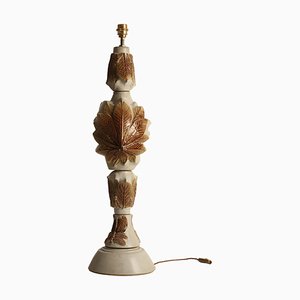
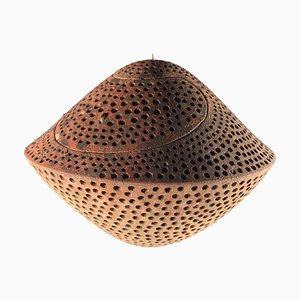
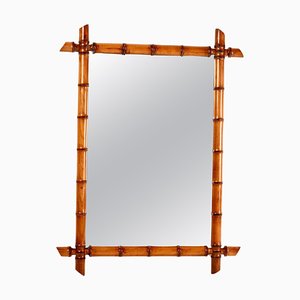
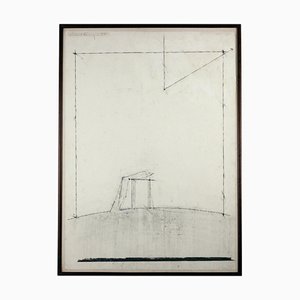
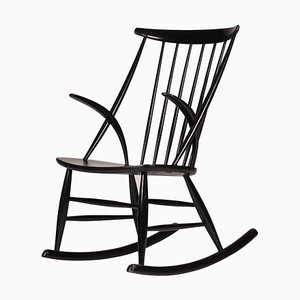
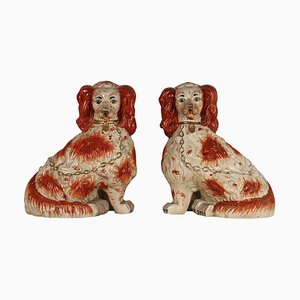
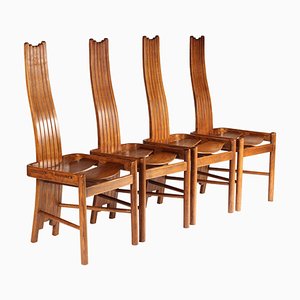
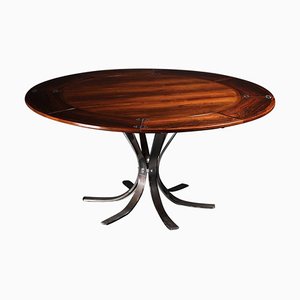

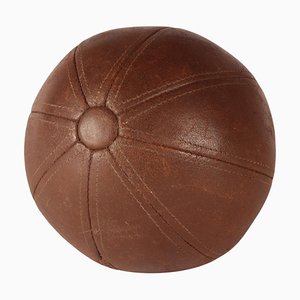

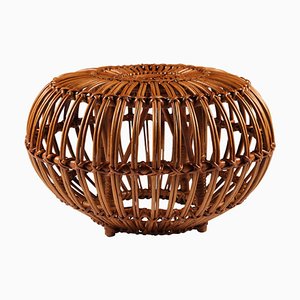


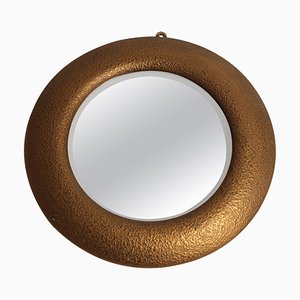
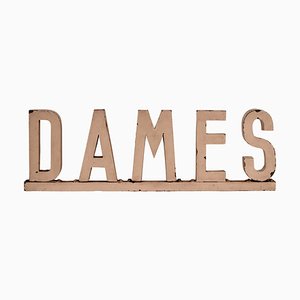
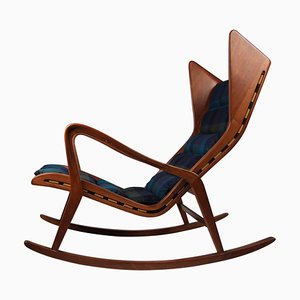
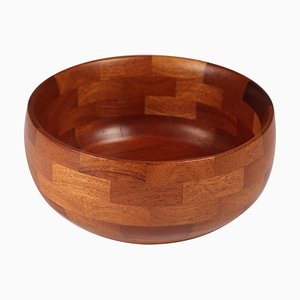
Schreiben Sie uns
Ein Angebot machen
Uns ist aufgefallen, dass Sie neu bei Pamono sind!
Bitte akzeptieren Sie die Allgemeinen Geschäftsbedingungen und die Datenschutzerklärung
Schreiben Sie uns
Ein Angebot machen
Fast geschafft!
Um die Kommunikation einsehen und verfolgen zu können, schließen Sie bitte Ihre Registrierung ab. Um mit Ihrem Angebot auf der Plattform fortzufahren, schließen Sie bitte die Registrierung ab.Erfolgreich
Vielen Dank für Ihre Anfrage! Unser Team meldet sich in Kürze bei Ihnen zurück.
Wenn Sie Architekt*in oder Inneneinrichter*in sind, bewerben Sie sich hier um dem Trage Program beizutreten.